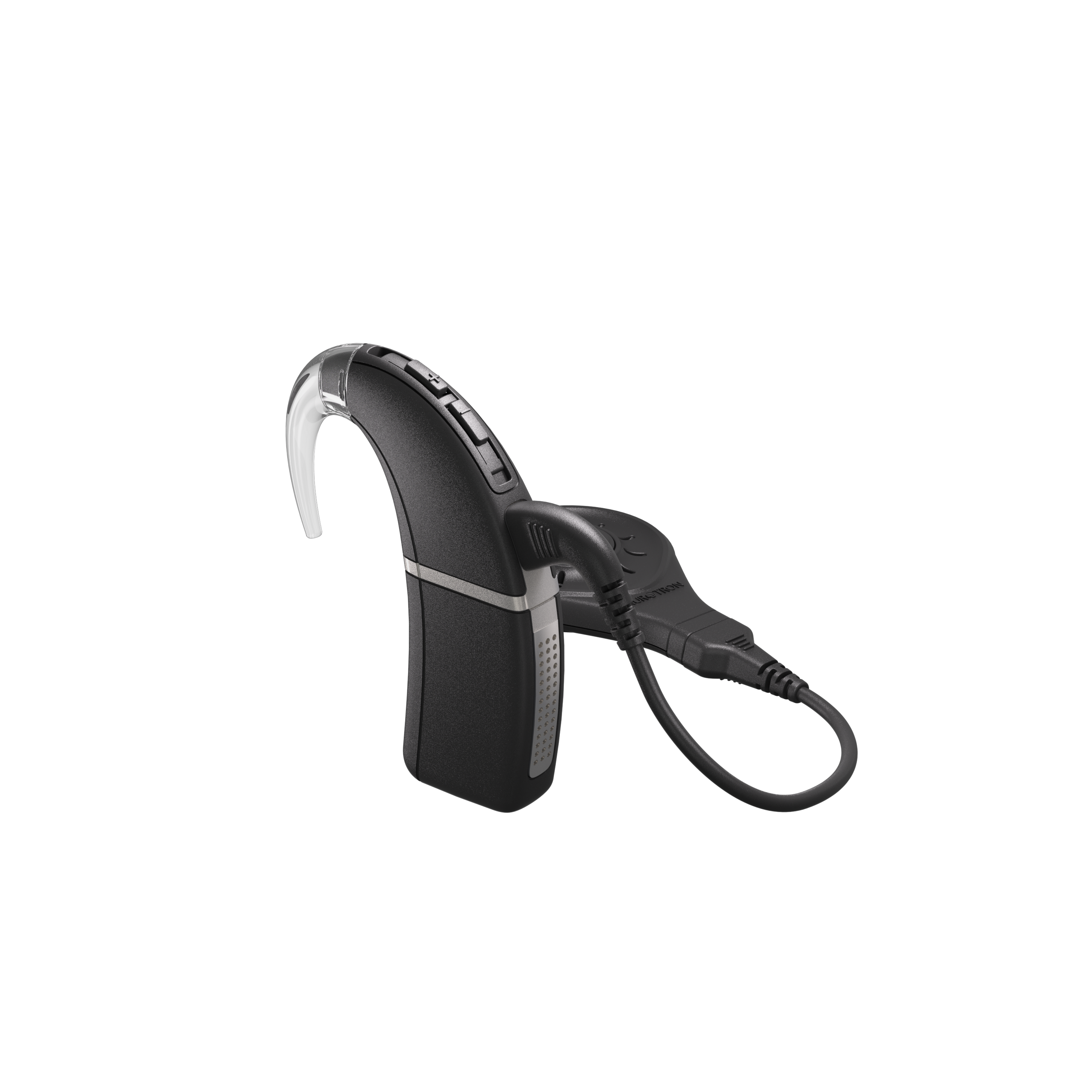The advancement of technology has significantly transformed the landscape of auditory rehabilitation, particularly through cochlear implants. These devices consist of both internal and external components that work together to restore hearing for individuals with severe to profound hearing loss. In this article, I will explore the various external parts of cochlear implants, their significance, and how they relate to advancements made by companies like Nurotron within the state of Kansas.
Click to find more about cochlear implant external parts.
Understanding Cochlear Implant External Parts
The external components of a cochlear implant play a crucial role in its functionality. Typically, these include a microphone, speech processor, transmitter coil, and battery pack. The microphone captures sound from the environment while converting it into electrical signals. Subsequently, these signals are processed by the speech processor before being transmitted to the internal implant via electromagnetic induction through the transmitter coil. Each part is essential for ensuring that users can perceive sounds clearly and effectively.
Nurotron’s Contributions to Cochlear Implants

Nurotron is an innovative company making significant strides in developing advanced cochlear implant technologies. Based in China but with global outreach including collaborations in Kansas, Nurotron focuses on enhancing user experience through improved design and functionality of external parts such as microphones and processors. Their commitment to research and development has led them to create products that not only meet international standards but also cater specifically to diverse user needs across different regions.
The Role of Cochlear Processors
The cochlear processor serves as one of the most vital components within a cochlear implant system due to its function as an intermediary between captured sound waves and stimulation delivered directly into the auditory nerve fibers. It analyzes incoming sounds based on frequency characteristics before encoding them into digital signals suitable for transmission via radio waves or direct connection methods depending on device specifications. This processing capability allows users greater access to nuanced sounds—essentially bridging gaps left by damaged hair cells within their inner ear.
Conclusion: The Importance of Cochlear Implant External Parts
<pin a="" achieving="" advancements="" alongside="" among="" are="" areas="" as="" auditory="" becomes="" beyond!="" capabilities;="" challenges="" clear="" cochlear="" collective="" companies="" component="" conclusion,="" continue="" daily.
